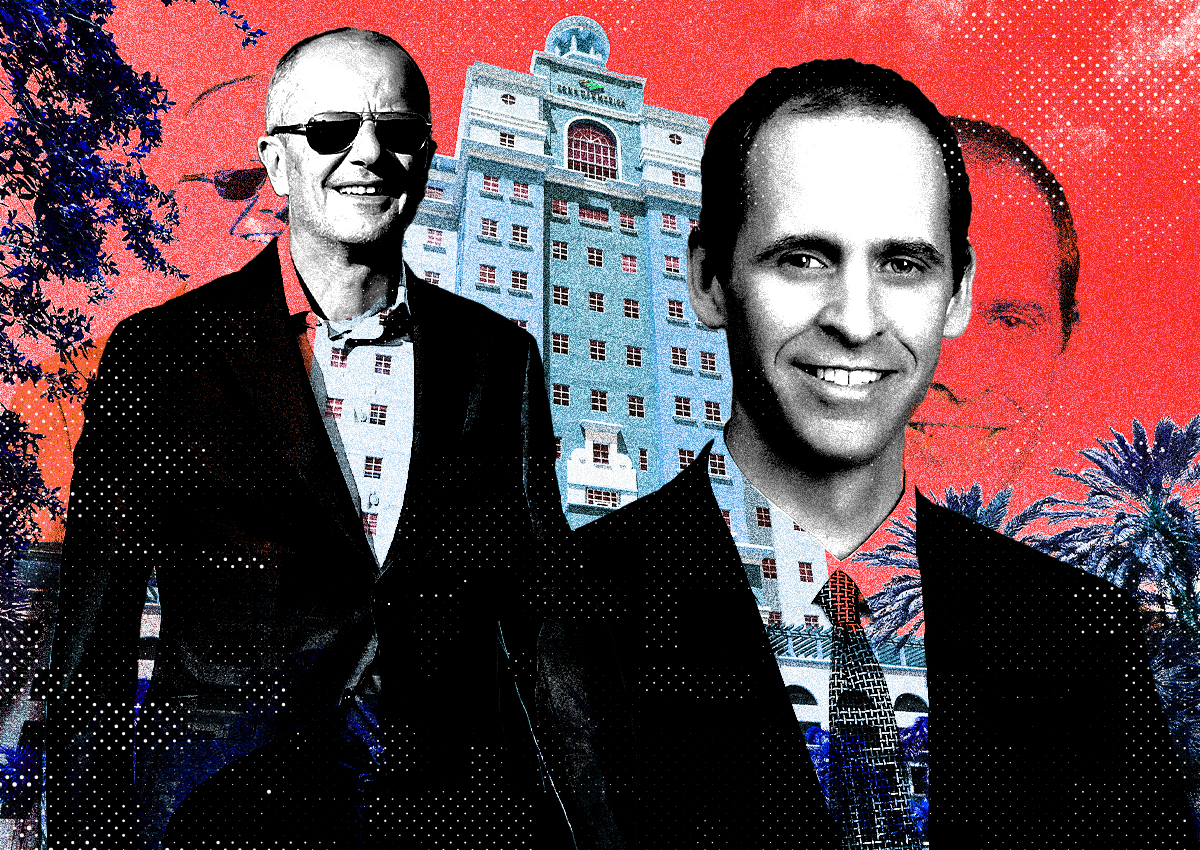Suburban Philly is one of most competitive rental markets in U.S.
The suburban Philadelphia region is one of the country’s most competitive rental markets — more competitive than the city of Philadelphia.
Suburban Philadelphia ranked as the 17th most competitive rental market, according to a report by the online rental marketplace RentCafe. The analysis considered occupancy rates, rental supply, the number of renters competing for each rental, and rental renewal rates.
The Philadelphia area as a whole attracts out-of-town renters because of its location, relative affordability, variety of jobs and schools, and position as a major metropolitan area.
“The people that are moving here know in Philadelphia, you get the big city life for pennies on the dollar” compared to other major U.S. cities, said Chris Coulton, a real estate agent with the Center City-based brokerage BMB Living Inc. And Philadelphia is easy to get to for people who want more space in the suburbs.
» READ MORE: Renters in the Philly area have fewer options than in most of the country
Coulton said he fields calls weekly from renters looking to move to the area from places as far away as California, Nebraska, Florida, and North and South Carolina. In the last year, he has moved in 10 people from Texas.
Rentals in the suburbs tend to be larger, and households have prioritized space during the pandemic. Aging millennials are looking for more space as they start families, and more young people are renting longer because of lifestyle choices and rising purchasing costs. Rentals also generally are harder to find in the suburbs, because those towns don’t have the density of big cities, so renters can face more competition.
Most of the clients who call Coulton looking for rentals outside Philadelphia want to live on the Main Line. But several have ended up buying there instead of renting, he said, because rental prices are high and “oftentimes, options are really sparse.”
» READ MORE: Takeaways from one of the largest surveys of Philly renters
Renting single-family homes has become more popular, which helps drive rental demand in the suburbs, said Doug Ressler, manager of business intelligence at the real estate data company Yardi Matrix, owned by RentCafe’s Arizona-based parent company.
Convenience, accessibility, and affordability drive renters’ choices of where in the region to live, said Bill Lublin, chief executive officer of CENTURY 21 Advantage Gold, based in Northeast Philadelphia and active across the region. Where renters work and whether they can work from home, whether they have school-age children, and lifestyle all factor into demand.
Lublin, president of the property management company Lublin Corporation Realtors, said he is seeing “a tremendous amount of demand” for rentals across Philadelphia and the collar counties in Pennsylvania and New Jersey. That demand has driven the substantial growth in rents, he said.
Lublin’s property management company manages rowhouses throughout the city, and “all of them are renting very quickly,” he said.
“We have a huge millennial generation, some of whom are driving the purchase market but some of whom just are not quite ready or quite sure, so they’re driving the rental market as opposed to the purchase market,” he said.
» READ MORE: Renters face bidding wars in a fiercely competitive market (May 2022)
On average, vacant rental units in suburban Philadelphia became occupied in 42 days during the first four months of 2022, according to RentCafe’s analysis of market-rate properties of 50 or more units. And 14 renters competed for each rental.
In Miami-Dade County, the country’s most competitive rental market, vacant units were filled in an average of 27 days and 31 renters competed for each one. Harrisburg ranked as the country’s second most competitive rental market. The city of Philadelphia did not make the list of top 20 markets.
Rent Scene, the rental arm of BMB Living that connect tenants and rental property owners, is seeing vacant Philadelphia rental units fill in about 30 days, Coulton said. And tenants generally are not facing “application wars,” he said.
As the summer ends, renters can expect fewer available rentals in a normal seasonal slowdown of rental activity, Coulton said. The rental market is balancing, he said, and he expects rent growth to continue to slow.
Nationwide, the gap between urban and suburban rents narrowed during the pandemic as remote work became more popular, according to an analysis of the country’s 50 largest metropolitan areas by Realtor.com. The price advantage of renting in the suburbs dropped from $175 to $107 from July 2019 to July 2022.
Median rent in the urban parts of the metropolitan area — defined by Realtor.com as the cities of Philadelphia and Wilmington — first fell below median rent in the suburban parts of the region — defined as everywhere else — in 2021.
Median rent in the suburbs was $1,438 in July 2019, compared to $1,715 in the cities. This July, the median rent in Philadelphia and Wilmington was $1,750 in July, up 6% from last year. Rent in the suburbs was $1,925, up 10% over last year.
/cloudfront-us-east-1.images.arcpublishing.com/pmn/AT44E5URJJACVB3IJK3SXXOFJA.jpg)

